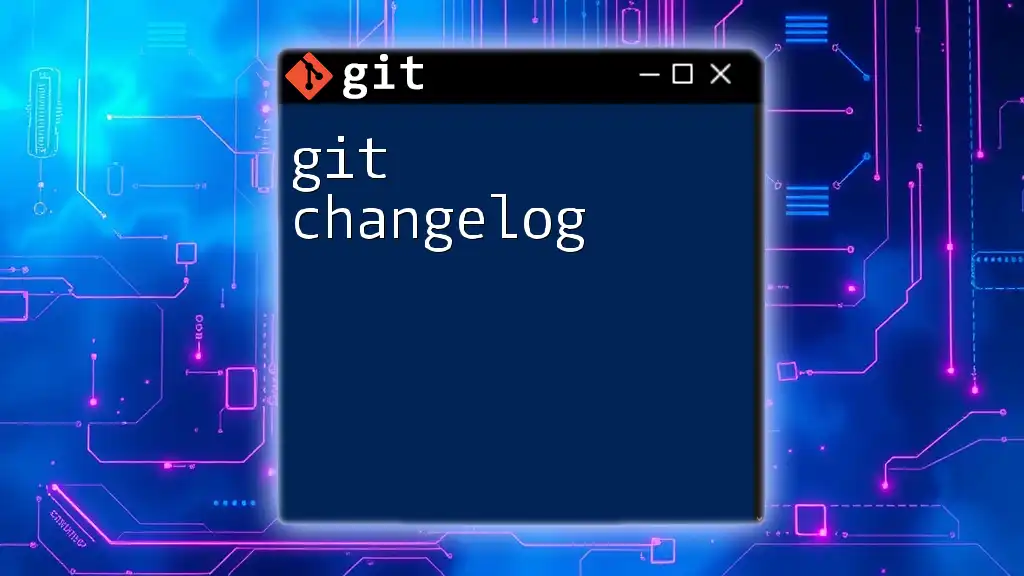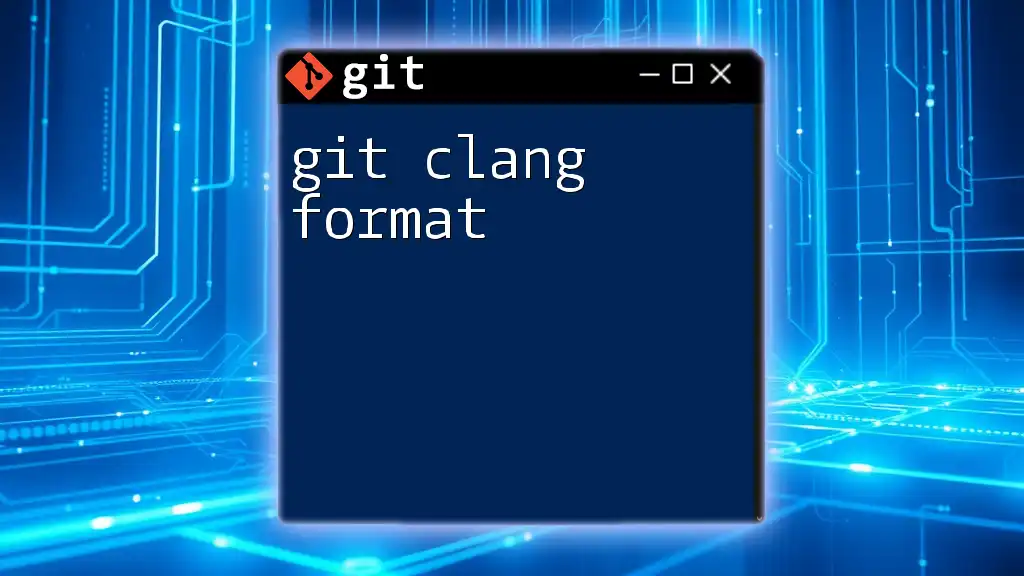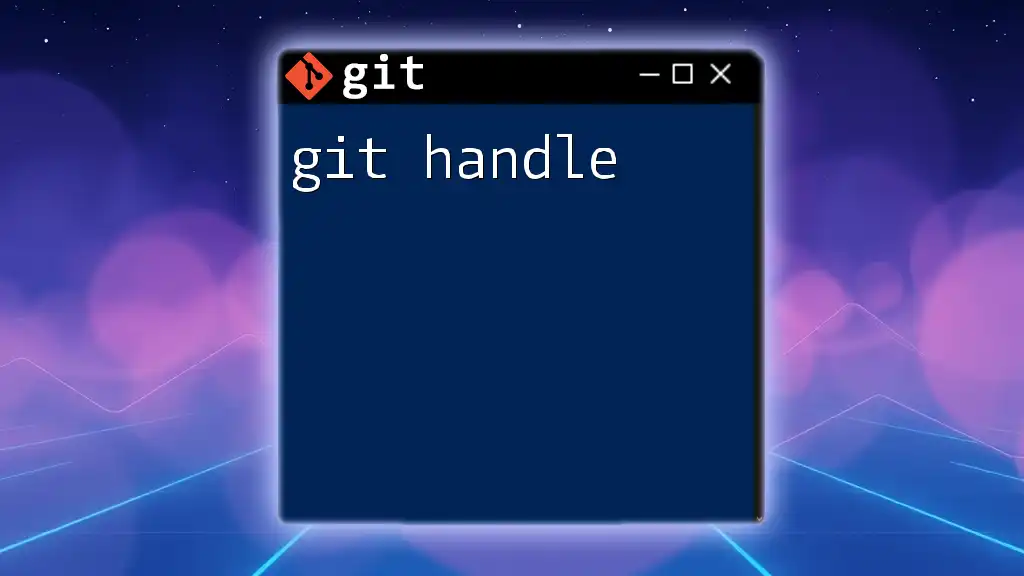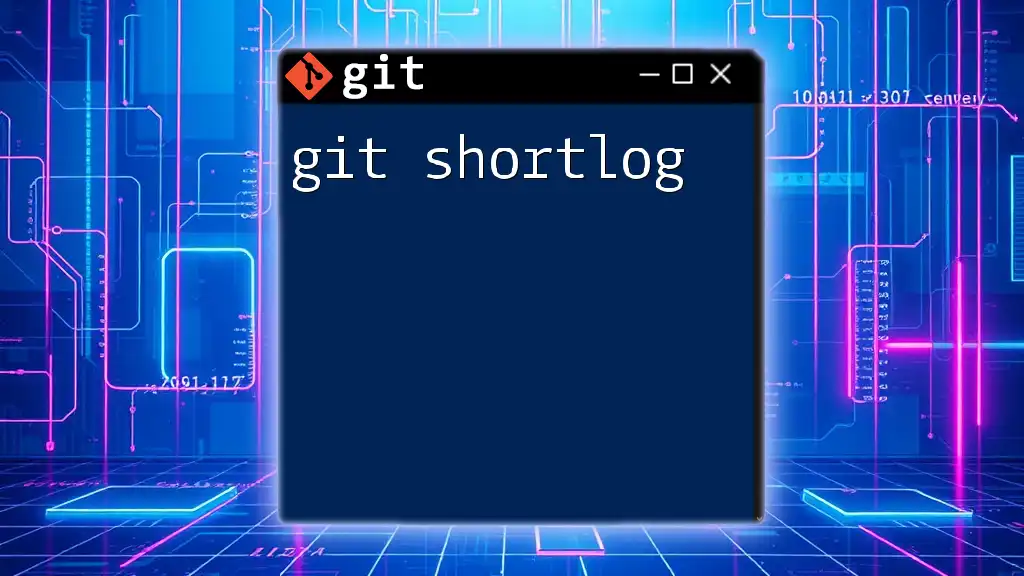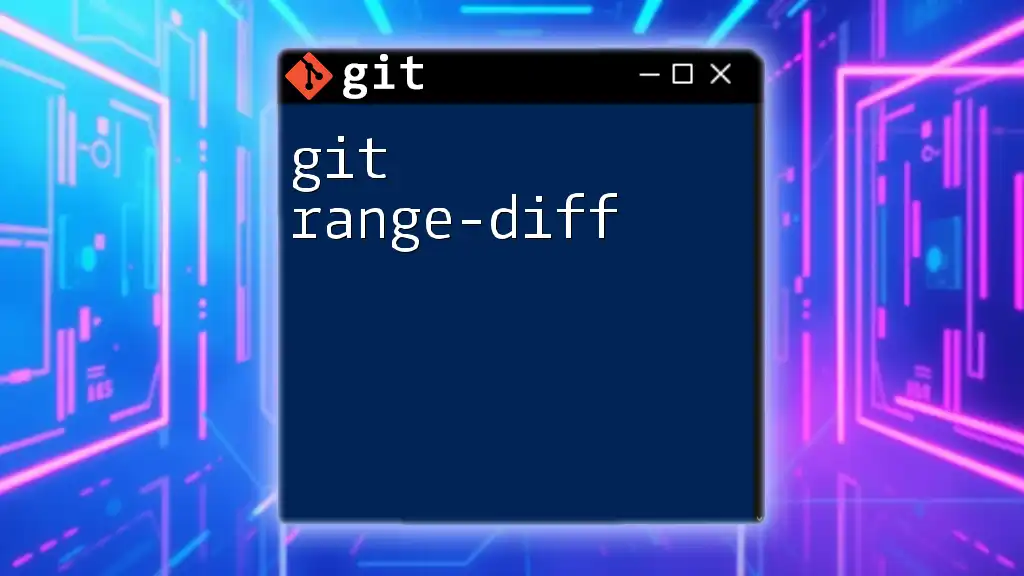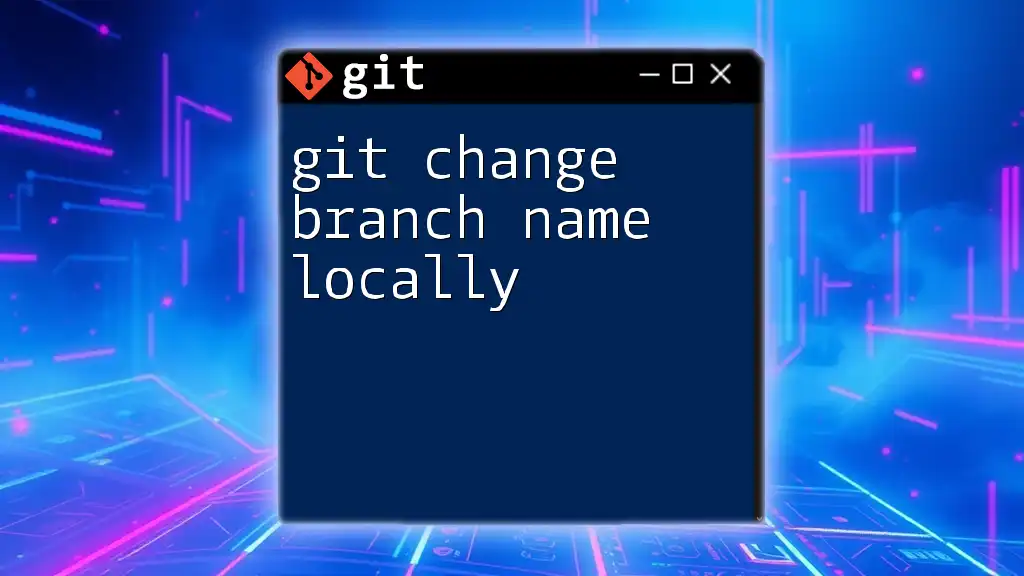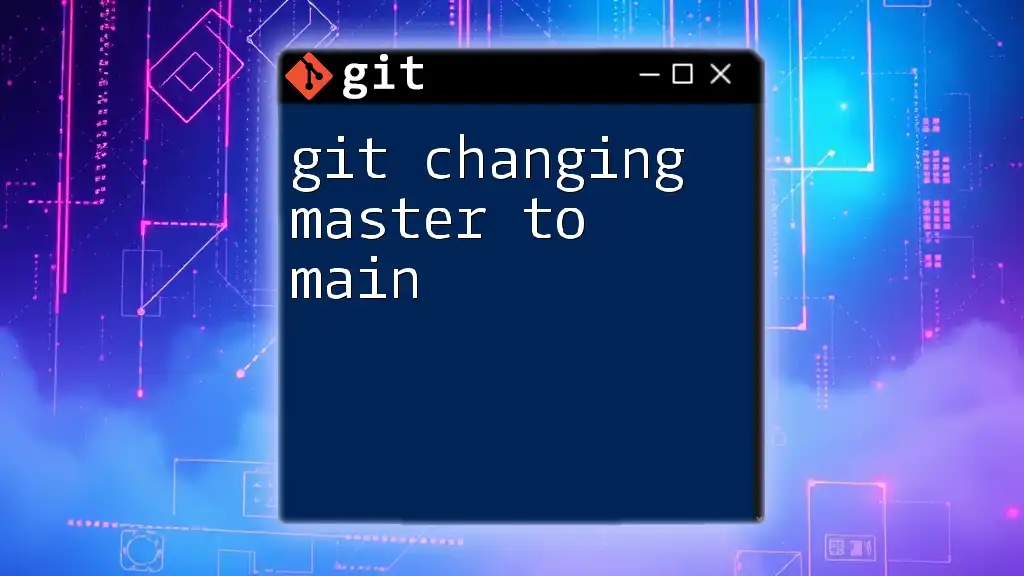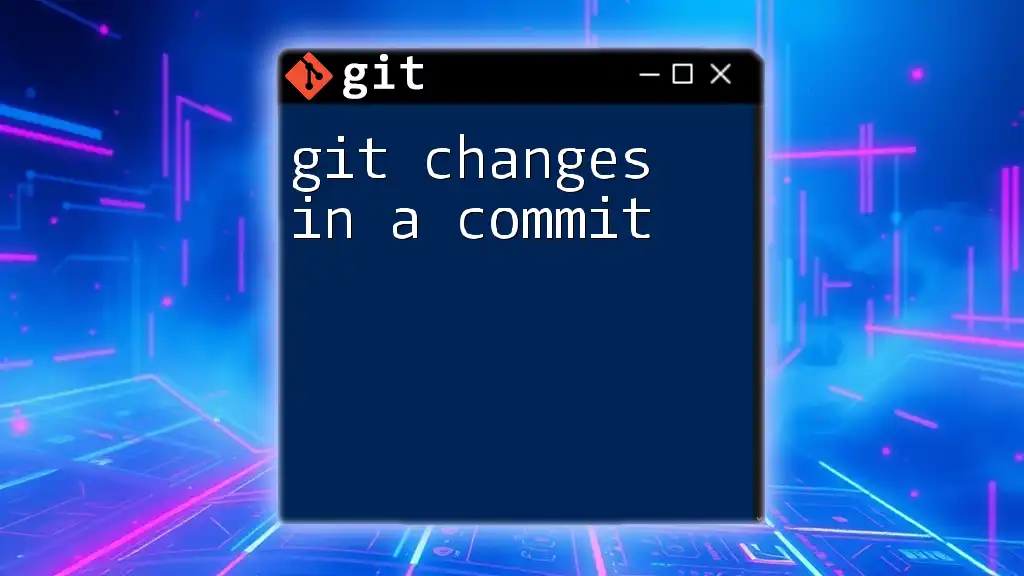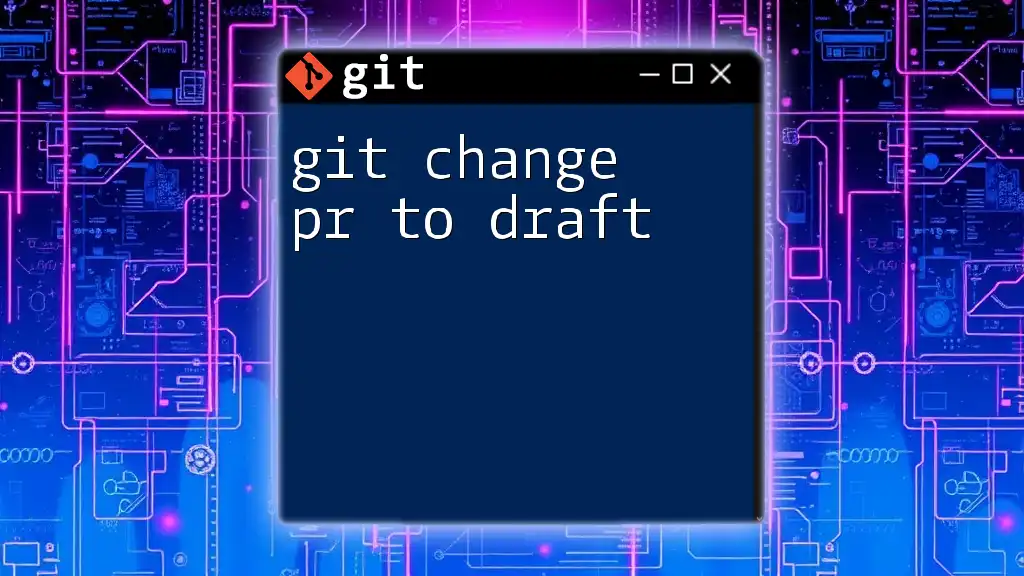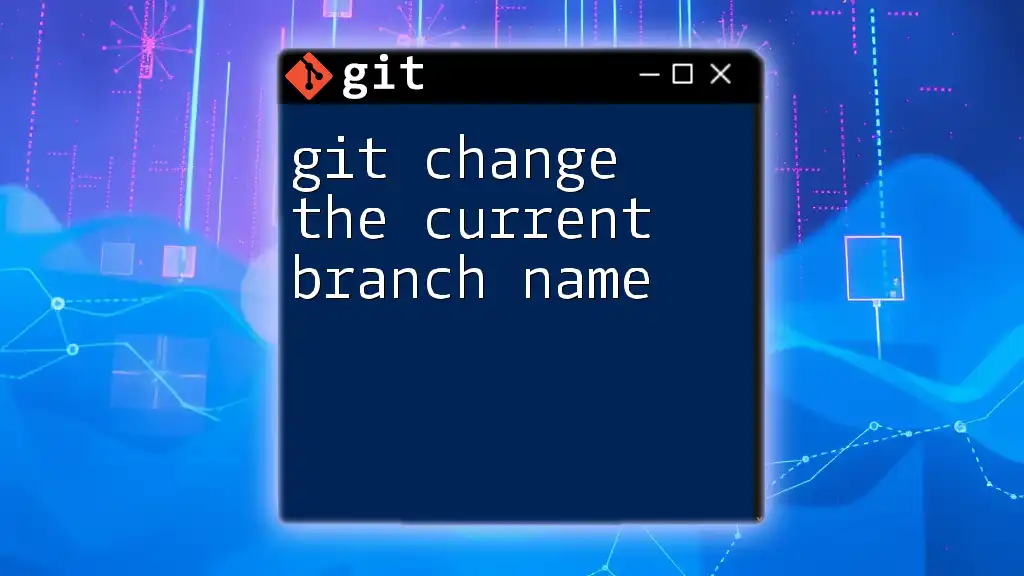A Git changelog is a file that summarizes the history of changes in a project, helping developers and users understand what has been modified, added, or fixed over time.
Here's a simple command to generate a changelog based on commit history:
git log --oneline --abbrev-commit --decorate --date=short
What is a Changelog?
A changelog is a curated list of changes made to a project over time, providing a clear overview of what has been added, modified, or fixed. By maintaining a changelog, developers can keep track of their project's evolution, making it easier to communicate changes to users and contributors.
Why Use a Changelog?
Using a changelog has several advantages:
- Improved Collaboration: A changelog fosters better communication between team members, helping everyone stay informed about what has changed in the codebase.
- Enhanced Transparency: Offering a clear view of project history helps users and stakeholders understand the context and rationale behind updates.
- Effective Release Management: A well-maintained changelog aids in managing releases, making it easier to plan future features and fixes.

Setting Up Your Changelog
Choosing a Format
When deciding on a format for your changelog, you may encounter several options. The most common formats include Markdown, JSON, and plain text. Each has its pros and cons:
- Markdown: Highly readable and easy to write, particularly for collaborations on platforms like GitHub.
- JSON: Useful for machine-readable logs but can be less accessible for human readers.
- Plain Text: Simple and widely compatible, but lacks structure and formatting options.
A popular and effective choice is Markdown. Here’s an example of a simple Markdown changelog format:
# Changelog
<InternalLink slug="git-change-email" title="Git Change Email Made Easy: A Quick Guide" featuredImg="/images/posts/g/git-change-email.webp" />
## [Unreleased]
### Added
- New feature descriptions go here.
### Changed
- Updated existing features.
### Fixed
- Bug fixes and their descriptions.
Tools and Resources
To automate your changelog generation, several tools are available. Notable options include `git-chglog` and `keepachangelog`.
Pros and cons of using these tools:
- git-chglog: Automatically generates changelogs from your Git commit messages. This tool integrates with semantic versioning, ensuring clarity in each entry.
- keepachangelog: Provides a simple format and guidelines to maintain your changelog consistently. It's great for manual entry without the need for automation.
Code Snippet: Installation and Basic Usage Example of `git-chglog`
To install `git-chglog`, you can use the following command:
brew install git-chglog
Once installed, you can generate a changelog with:
git-chglog --output CHANGELOG.md
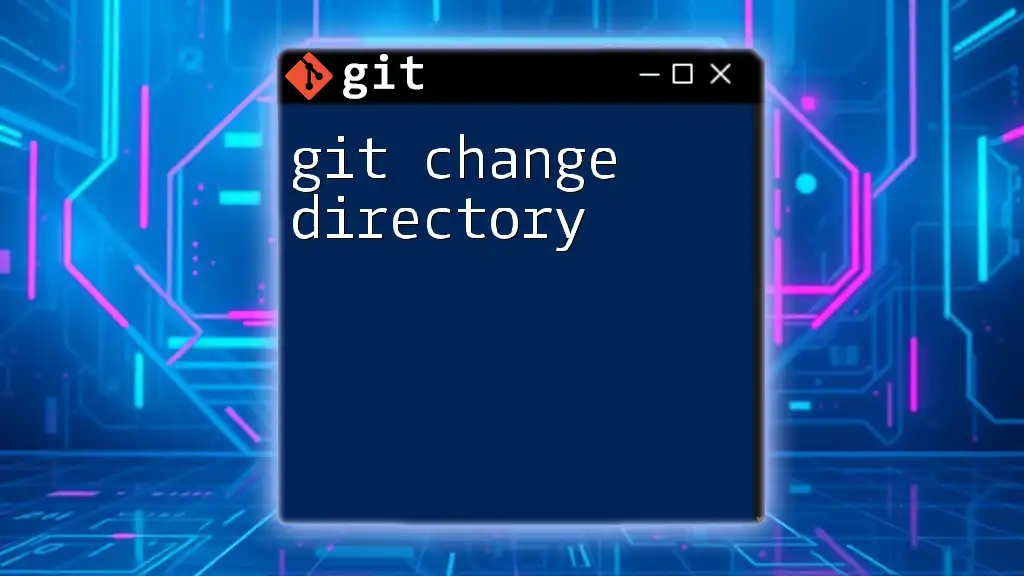
Creating a Changelog Entry
Key Components of a Changelog Entry
When crafting a changelog entry, ensure it includes the following key components:
- Title: The name of the release version.
- Date: The date when the release occurred.
- Description: A brief overview of the changes in the release.
- Breakdown of changes: This should categorize the modifications into features, bugs, and improvements.
Here is an example structure for a changelog entry:
<InternalLink slug="git-changes-cancel-merge" title="Git Changes: Cancel Merge Made Easy" featuredImg="/images/posts/g/git-changes-cancel-merge.webp" />
## [1.0.0] - 2023-10-01
### Added
- Introduced user authentication feature.
### Changed
- Updated UI for the login page.
### Fixed
- Resolved bug causing application crashes on startup.
Best Practices for Writing Entries
When writing your changelog entries, follow these best practices to ensure they are effective:
- Clarity: Use straightforward language to describe changes, avoiding jargon when possible.
- Consistency: Stick to a consistent structure for each entry, making it easier to read and understand.
- Relevance: Ensure that only relevant changes are included to avoid clutter in the changelog.
Code Snippet: Sample Changelog Entry Written in Markdown
Here’s a sample entry to illustrate the best practices:
<InternalLink slug="git-change-remote-branch" title="git Change Remote Branch: A Simple Guide" featuredImg="/images/posts/g/git-change-remote-branch.webp" />
## [1.1.0] - 2023-10-15
### Added
- New profile customization options are now available.
### Fixed
- Fixed misalignment in the footer section across browsers.
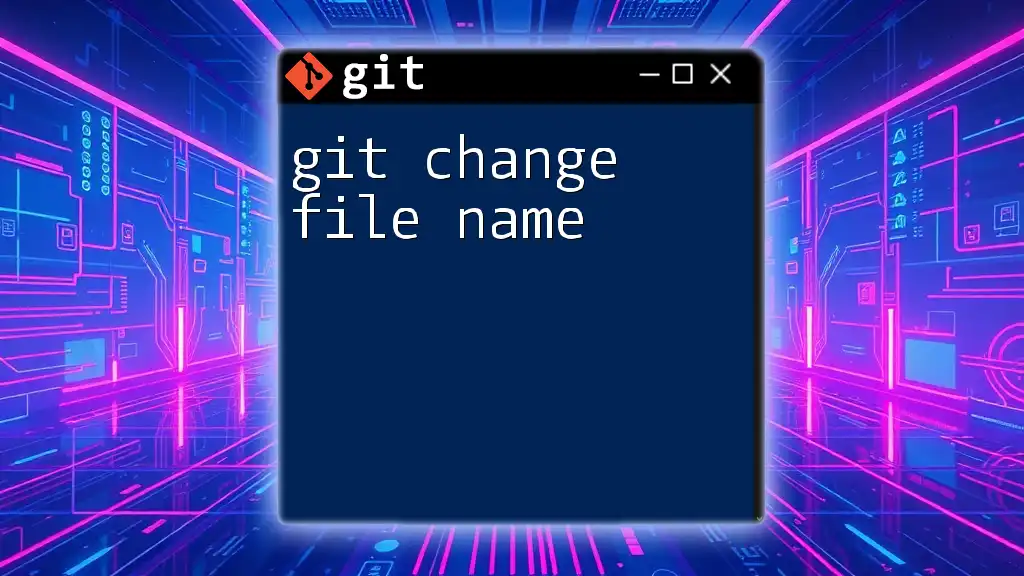
Versioning Your Changelog
Semantic Versioning Explained
Semantic versioning is a widely adopted system that uses a version format of Major.Minor.Patch. This system establishes a clear structure for version increments based on the nature of changes:
- Major: Significant updates that may break backward compatibility.
- Minor: Backward-compatible feature enhancements.
- Patch: Small bug fixes and minor improvements.
For example, if you add a feature without breaking existing functionality, you would increment the minor version. If a backward-incompatible change is introduced, you increment the major version.
Tags and Releases in Git
Using Git tags helps manage your releases effectively. Tags serve as checkpoints in your project's history and make it easy to reference specific releases.
To create a tag in Git, you can use the following command:
git tag -a v1.0.0 -m "Release version 1.0.0"
This command creates a new tag named `v1.0.0` and adds a message summarizing the release.
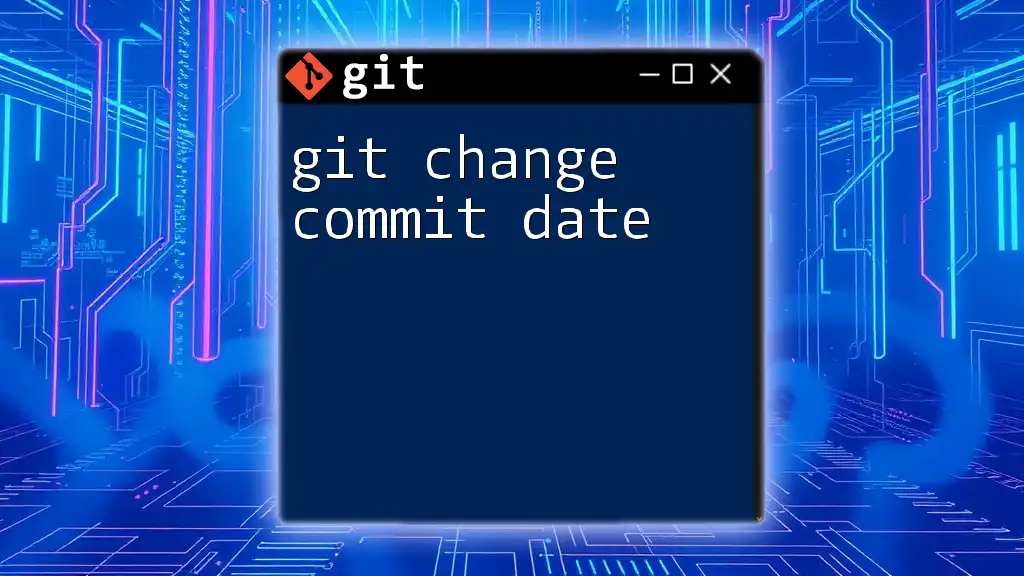
Automating Your Changelog
Using Git Hooks
Git hooks can automate the changelog process by running scripts during specific events, such as before a commit or after a push. You can set up a hook that updates the changelog automatically based on your commit messages, ensuring consistency and saving time.
Continuous Integration Tools
Many teams utilize CI/CD pipelines to automate changelog generation, taking advantage of tools like GitHub Actions or GitLab CI. This ensures that whenever code is pushed to the repository, the changelog is updated accordingly.
For example, using GitHub Actions, you can create a workflow that runs a changelog generator each time new code is pushed:
name: Update Changelog
on:
push:
branches:
- main
jobs:
update-changelog:
runs-on: ubuntu-latest
steps:
- name: Checkout code
uses: actions/checkout@v2
- name: Generate changelog
run: git-chglog -o CHANGELOG.md
- name: Commit and push changelog
run: |
git config --local user.email "your-email@example.com"
git config --local user.name "Your Name"
git commit -m "Update changelog"
git push
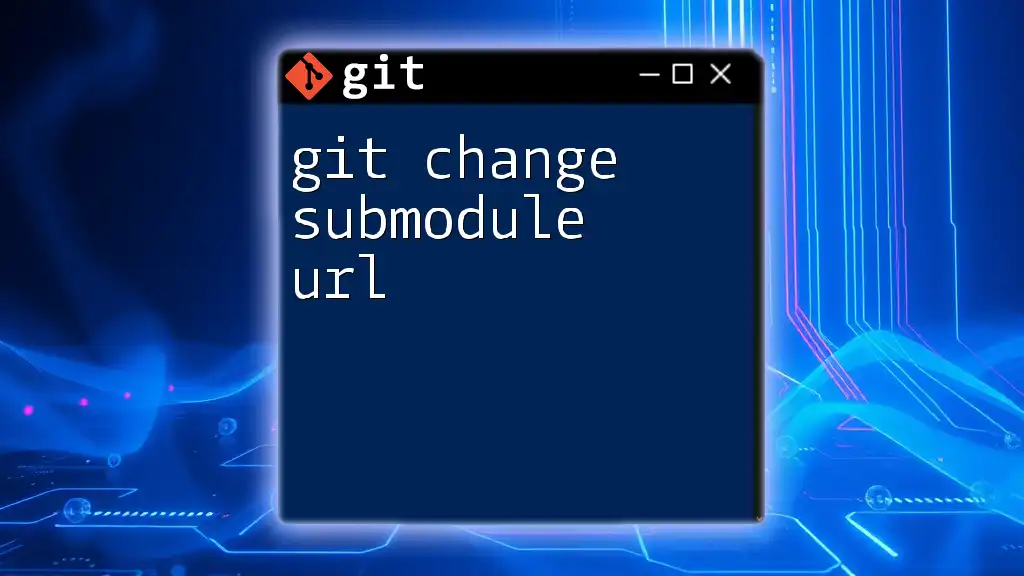
Maintaining Your Changelog
Updating your Changelog Regularly
It's crucial to keep your changelog current. Regular updates prevent backlogs and keep your entries relevant. Consider making changelog updates a mandatory part of your workflow, either through commit message conventions or post-release processes to ensure that changes are documented promptly.
Reviewing and Archiving Previous Changes
Maintaining an organized and clutter-free changelog is essential. You might consider archiving older changes to keep the ongoing changelog focused on recent developments. This approach allows users to have quick access to the latest updates without feeling overwhelmed by historical data.
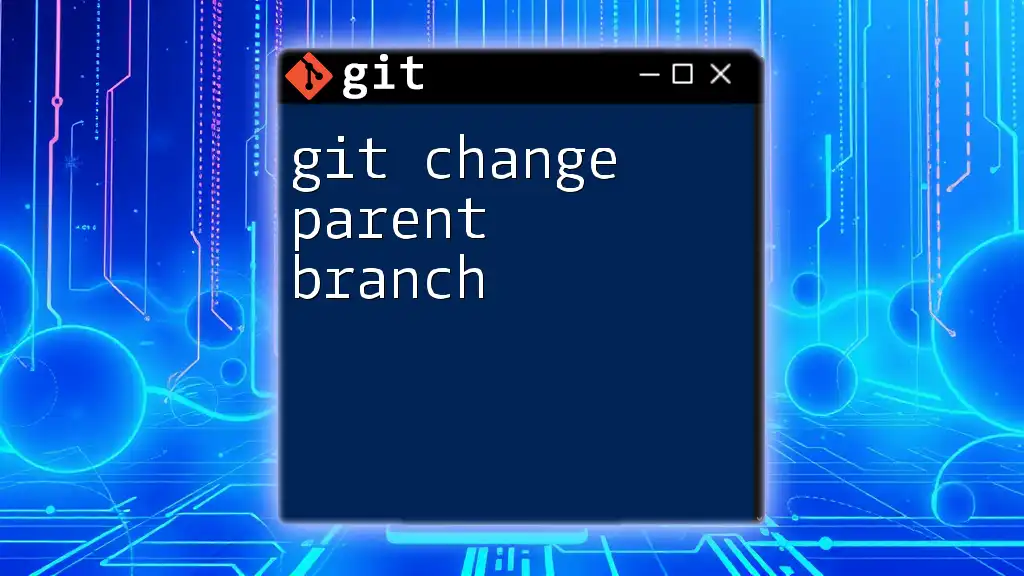
Conclusion
In summary, a well-maintained git changelog is an essential tool in any software development project. It helps ensure effective communication among team members and users, facilitates better release management, and enhances the overall transparency of the project. By adopting best practices and utilizing available tools, you can establish a robust changelog system that benefits your team and projects greatly.
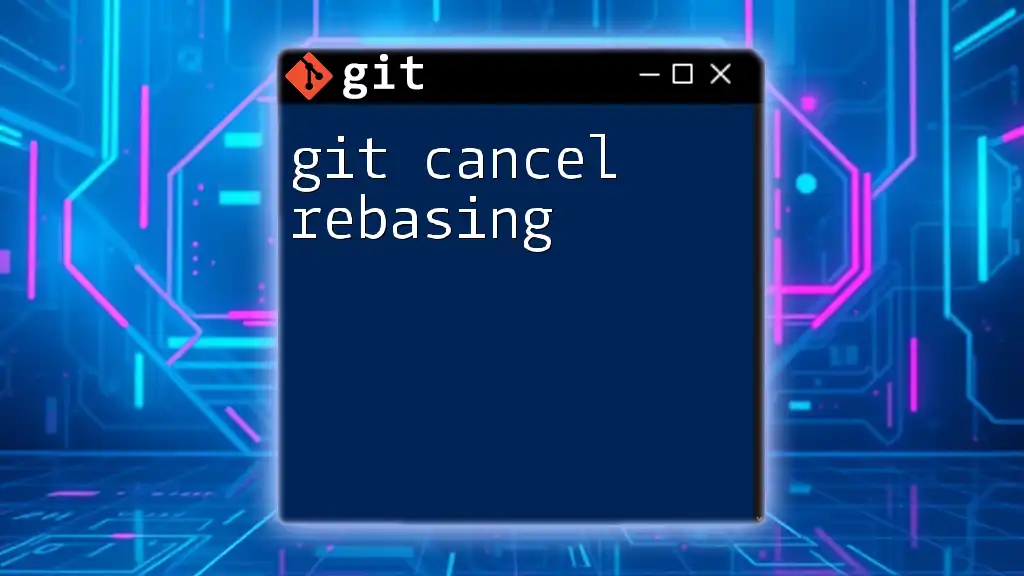
Additional Resources
For further reading on Git commands and best practices, you may explore various online platforms and communities. Resources on changelog templates and examples can also provide valuable insights as you refine your changelog practices.

